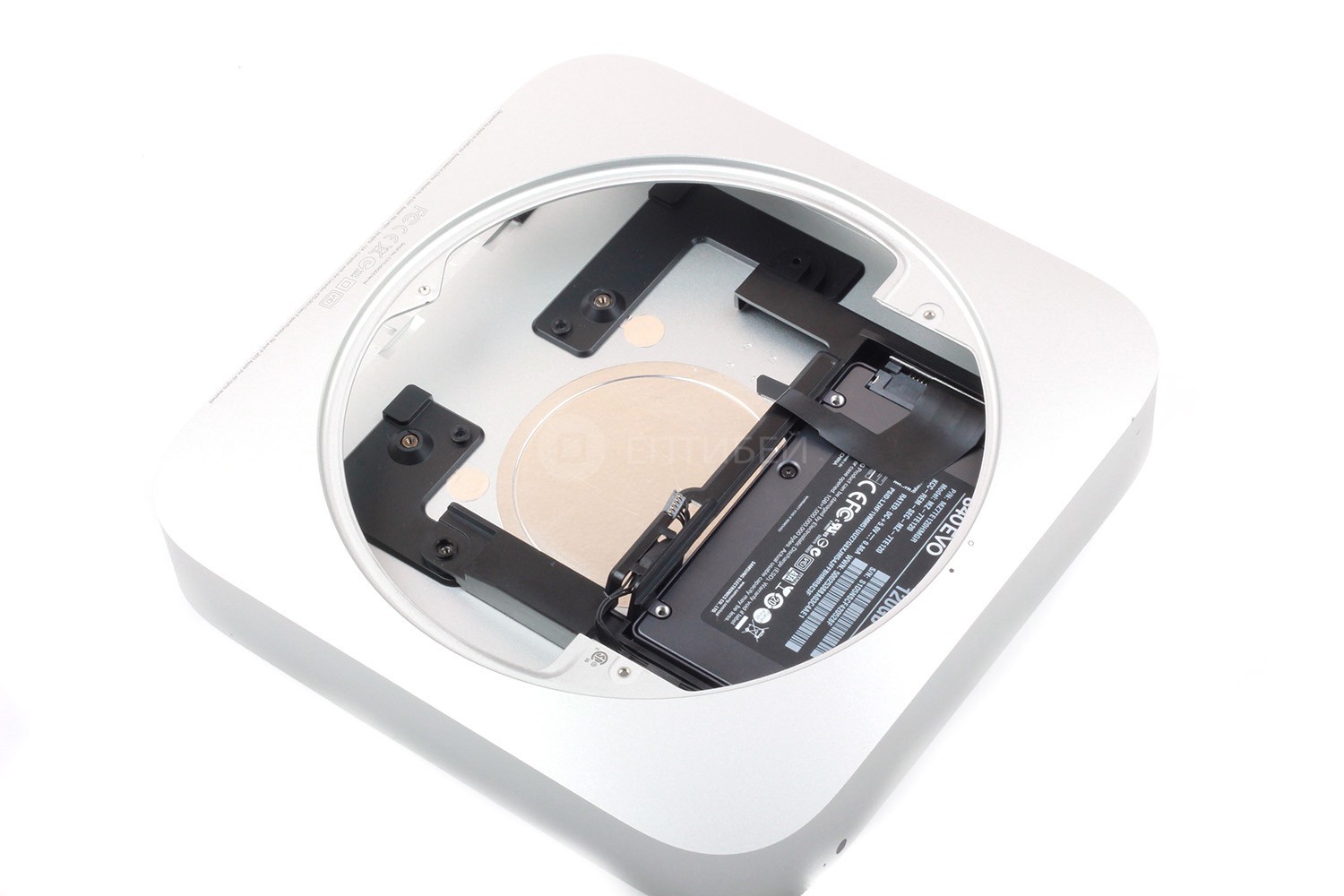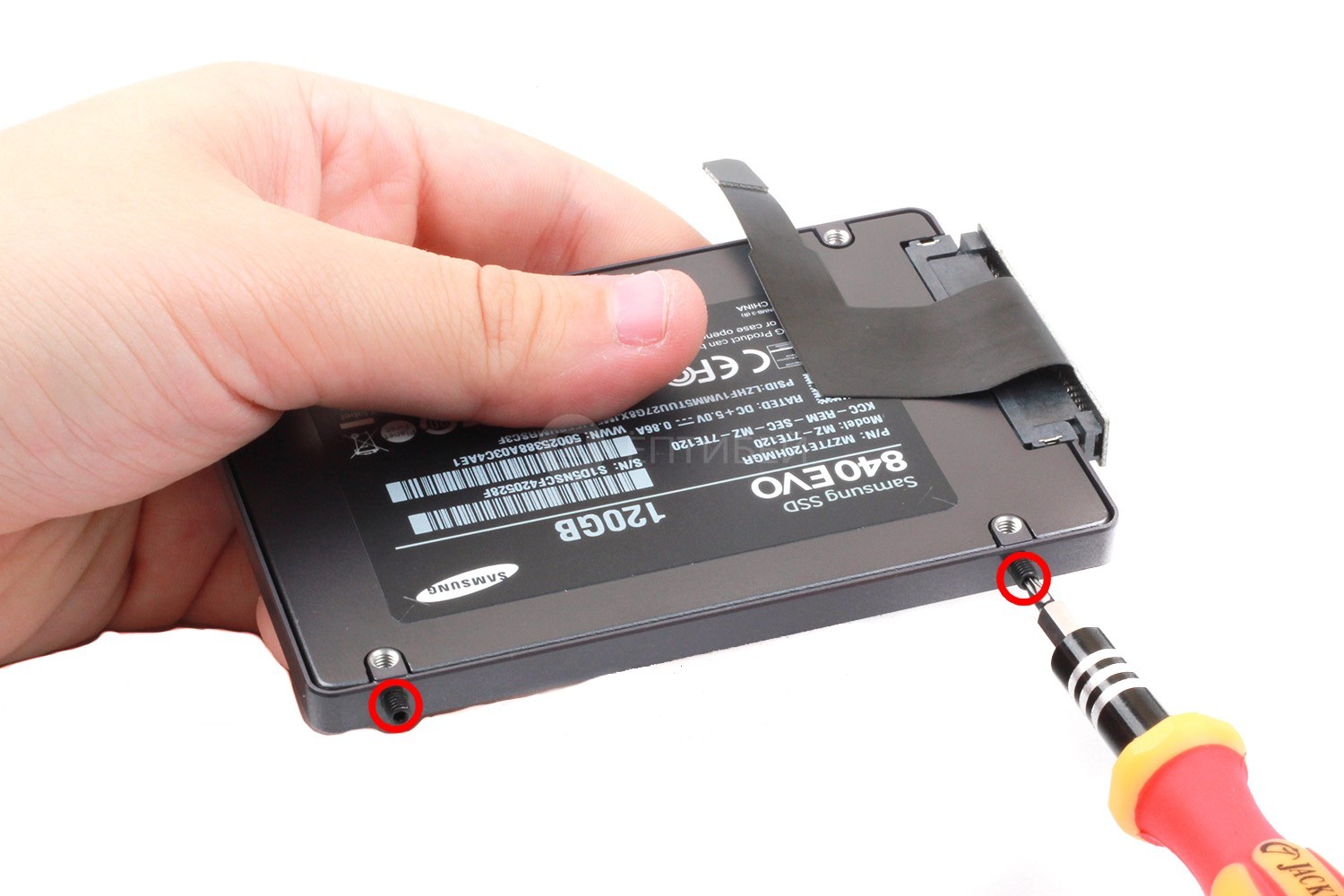

- #How to enable external hdd for mac mini 2011 mac os x#
- #How to enable external hdd for mac mini 2011 mac os#
- #How to enable external hdd for mac mini 2011 install#
- #How to enable external hdd for mac mini 2011 upgrade#
- #How to enable external hdd for mac mini 2011 portable#
#How to enable external hdd for mac mini 2011 install#
Install drivers from WindowsSupport folder on USB drive (Intel Chipset, IntelHDGraphicsSetup.exe and BroadcomEthernet64.exe). Using Disk Management, delete the BOOTCAMP partition and Extend the active partition to use all remaining space on the drive. After Windows Server install is complete and you’re at the SBS Setup page, hit CTRL-ALT-DEL and run explorer.exe from the Task Manager. 
Select the Disk 0 Unallocated Space above the BOOTCAMP partition, then hit Next.Choose Custom Install, show Drive Options (advanced) and delete the Disk 0 Partition partition (not the one labeled BOOTCAMP).Hold Option/Alt during boot and select the USB Windows boot option.When Mac reboots, quickly pull both external USB drives and insert the SBS 2011 bootable USB drive.Using Boot Camp, select Install Windows 7, insert Win7 bootable USB drive, and proceed with default settings.Using Boot Camp, download Windows Support Software to your SBS 2011 bootable USB drive (will create WindowsSupport directory).

#How to enable external hdd for mac mini 2011 mac os#
Using Disk Utility, format SSD as Mac OS Extended partition using GUID Partition Table (default).Using App Store, upgrade to latest Mac OS and Mac Mini EFI Firmware Update (requires reboot).
#How to enable external hdd for mac mini 2011 mac os x#
Hold Option/Alt key during boot, select external Macintosh HD, and boot into Mac OS X. Prepare SBS 2011 bootable USB drive using Windows 7 USB DVD Download Tool. Using Windows 7 USB DVD Download Tool, prepare 64-bit Windows 7 and SBS 2011 bootable USB drives from ISO images (you’ll need both). #How to enable external hdd for mac mini 2011 upgrade#
Upgrade to 256GB SSD and place original HDD in USB 3.0 enclosure. Purchase 2.3GHz quad-core Intel Core i7 Mac mini (MD388LL/A). I thought I'd pass on some lessons learned. The latest hardware revision for the Mac Mini in Late 2012 finally meets the hardware requirements for There's lots of USB-C PCIe cards out there, I'll leave finding those as an exercise for the reader.I'm a big fan of Apple industrial design, and have now run SBS 2003, 20 on various Mac Mini configurations with pretty decent results. Maybe you can still find a ThunderBolt 2 dock with a USB-C port but as I recall they were always rare, expensive, and not on the market for long. If you really, absolutely, need a USB-C port that can be used to plug in a SSD at it's best speed then you are looking at a ThunderBolt 2 PCIe breakout box with a USB-C card inside. A drive with a USB-C port (as opposed to a captive cable) can plug in with an inexpensive USB-A to USB-C "superspeed" cable. With a USB 3.x and eSATA ports you will be able to plug into faster drives, and with ports more common than ThunderBolt 2. A ThunderBolt drive with a USB-C port on it might fall back to USB 3.x or even USB 2.0 but don't bet on it without looking closely at the spec sheet.Ī ThunderBolt drive with a captive USB-C cable (like this one -> ) is not going to plug into a computer with ThunderBolt 2 and USB-A ports cheaply and easily.īest option, in my opinion, for connecting fast drives to ThunderBolt 2 computers is an adapter like this -> USB-C on a drive can mean it's talking USB or Thunderbolt on the wire. I found out that this drive from OWC is backward compatible with USB 2.0, which makes it potentially even more useful in the future. > īy having a female port instead of a captive cable with a male plug I can use a common USB-C to USB-A cable to plug into any USB-A port at USB 3.1 speeds. I did this by getting a drive with a USB-C port, as opposed to an attached USB-C cable. I wanted to speed up an old Mac with a new drive but keep the drive "future proof" by getting one with USB-C. I know this question is old but I came across a solution for myself. So, essentially I want to use a high-speed external SSD with an ancient machine. I was hoping to spend a little less on the connectors. Thunderbolt 3 (USB-C) to Thunderbolt 2 AdapterĬan (possibly) resolve the issue, but these items are super expensive. Check for a Mini DisplayPort port (not a Thunderbolt / Thunderbolt 2 port. Supports video only (not data transfer). Only items which I could find are USB C to Mini Display Port Cables but they specifically state that they: So, I tried to find a Thunderbolt 2 to USB Type-C cable, but couldn't find it anywhere. But AFAIK using it on one of the USB 2.0 ports will defeat the whole purpose of using a SSD. The external SSD is back compatible with USB 3.0 and USB 2.0. I guess that the only way I can leverage the speed of the external SSD is by using it thru the Thunderbolt port. Thunderbolt port (up to 10 Gbps) (not Thunderbolt 3, perhaps Thunderbolt 2) :-(. Now the problem is that Mac mini (Mid 2011) only has: #How to enable external hdd for mac mini 2011 portable#
I have a Mac mini (Mid 2011) and I want to use an external SSD ( Samsung Portable SSD T5) with it.







 0 kommentar(er)
0 kommentar(er)
